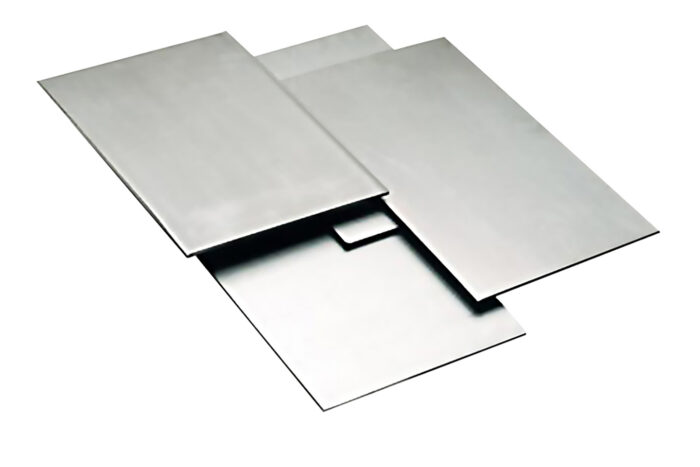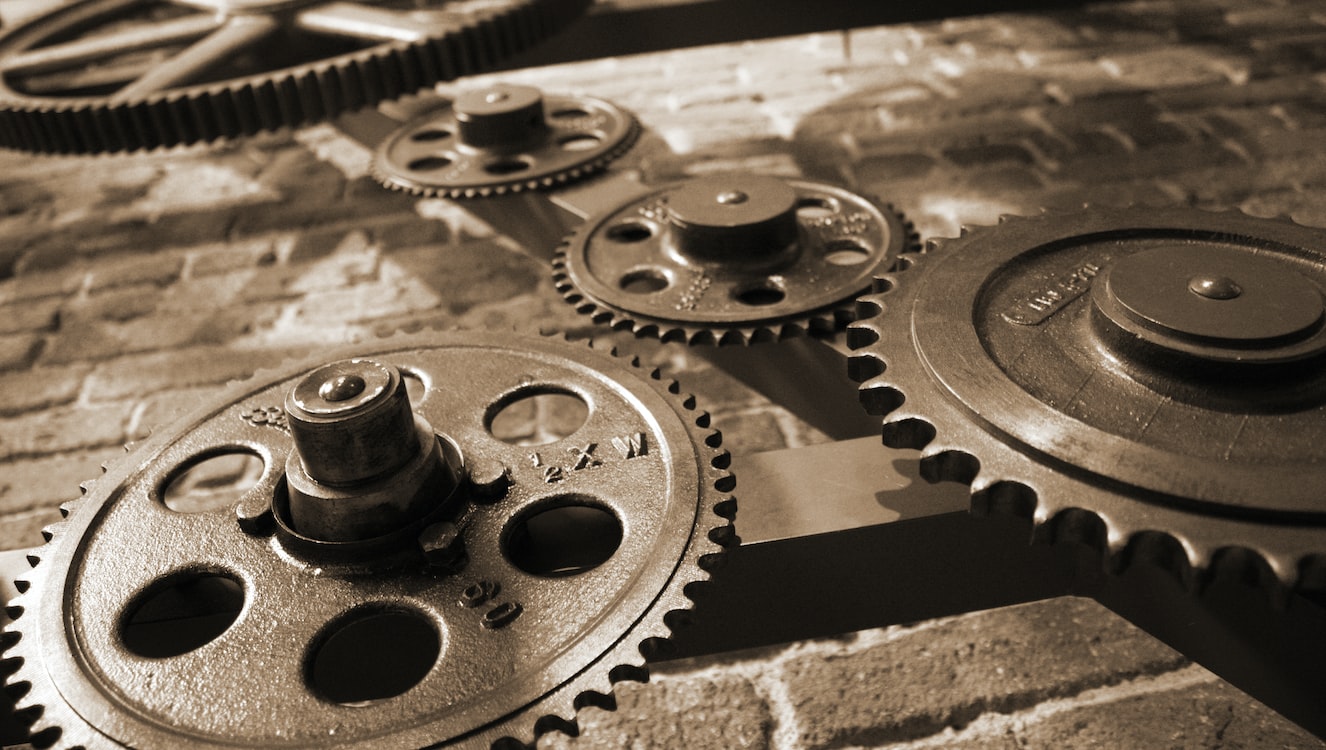
Alloys of metals, be they alnico, cast iron, bauxite, or brass, have superior properties compared to their base metals. Stainless steel, an alloy of iron and chromium, funds varied applications given its strength and corrosion-resistant nature.
Stainless steel is available in several forms and finishes. If beaten into thin sheets, it forms a Stainless steel plate. A stainless steel plate supplier usually has sheets of various grades of stainless steel. Each grade varies slightly in its composition, which confers different properties.
The Advantages Of Using Stainless Steel Sheets
Using Stainless steel has several advantages. However, there are some disadvantages as well when compared to iron. This article gives a gist of the pros and cons that you must be aware of
It Is Quite Is Durable
Iron is the perfect material for strength and the ability to bear a load. However, its durability takes a hit because of its high reactivity to atmospheric oxygen in the presence of moisture.
Oxygen and moisture are potent ingredients for the formation of rust. The powdery reddish-brown rust that coats iron rods and plates is highly damaging. It eats away the iron with time.
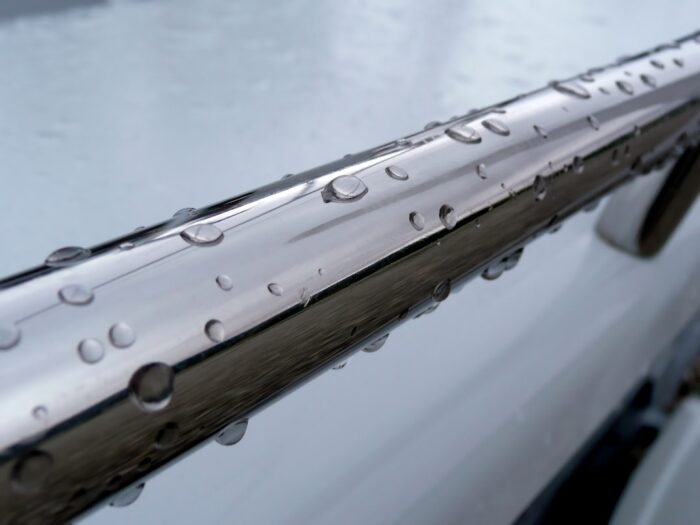
So any equipment or building that uses iron has to be wary of corrosion and eventual degradation. But alloys of iron are resistant to rusting, and hence they are long-lasting. So if you have used stainless steel sheets at your home or workplace, you can rest assured they will last for quite a long time.
It Can Withstand Very High Temperatures
Many industrial processes take place at high temperatures. Hence, the vessels or equipment used in these industrial processes must also be able to remain stable at high temperatures.
Stainless steel has a high melting point, and some grades can withstand temperatures as high as two thousand degrees Fahrenheit. Molybdenum added to iron improves the strength of stainless steel at high temperatures.
It Is Great For The Environment
Stainless steel can be recycled with ease. Hence, it does not add to woefully overloaded landfills. It also decreases the pressure on iron mines as old products are recycled and reused.
The Disadvantages Of Using Stainless Steel Sheets
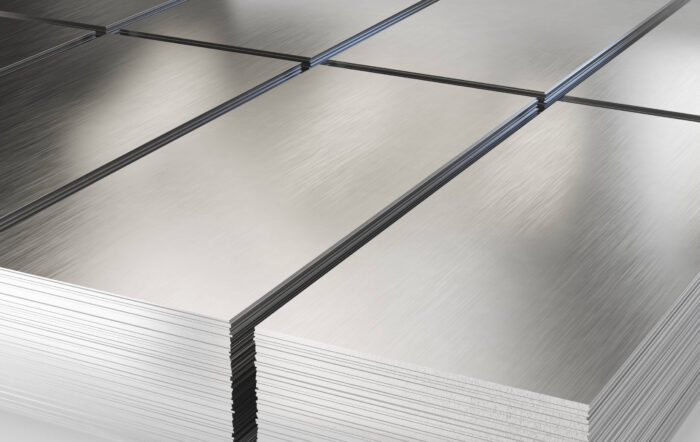
Using Stainless Steel indeed helps overcome several limitations of using pure iron. However, no material is without flaws, and the same is true for Stainless steel as well.
The Sheets Are Quite Expensive
It is a general rule of thumb that something that has superior properties is more expensive. The high cost is a result of the expensive elements like chromium and nickel that go into making stainless steel. Also, the difficult manufacturing process adds to the cost of stainless steel sheets.
So if you are to compare it with other materials like plastic, then stainless steel is more expensive. It is also more expensive than regular steel.
The Sheets Are Not A Great Conductor Of Heat
Stainless steel is good when it comes to tolerating heat, but when it comes to conducting heat, it is not the perfect material. Any material that is a good conductor of heat can easily transfer heat.
So a metal pan on which you cook your food must be a good conductor of heat. Unless a cooking pan conducts the heat, it will not heat up the ingredients of the food adequately. And the food will remain uncooked, or it will take a lot of time to cook properly. Hence iron alloys are not the ideal choice when it comes to making cookware.
Likewise, a good radiator is one that conducts heat well. The lesser energy required to heat the room, the lower the energy bill. So if an alloy of iron is used to line a radiator, the electricity charges will be quite exorbitant.
The Sheets Can Get Dents
It is true that the addition of nitrogen and carbon adds to the strength of iron alloys, but it is still susceptible to getting dents. So if you happen to drop a heavy object on a steel vessel, it will not crack or break but can always develop a dent.
If you are fond of wearing jewelry made up of stainless steel sheets, then your rings can develop dents if worn daily. Compared to other metals, only silver dents more than stainless steel. So the jewelry may be more affordable when compared to gold, but it may not be dent-free.
They Not Magnetic
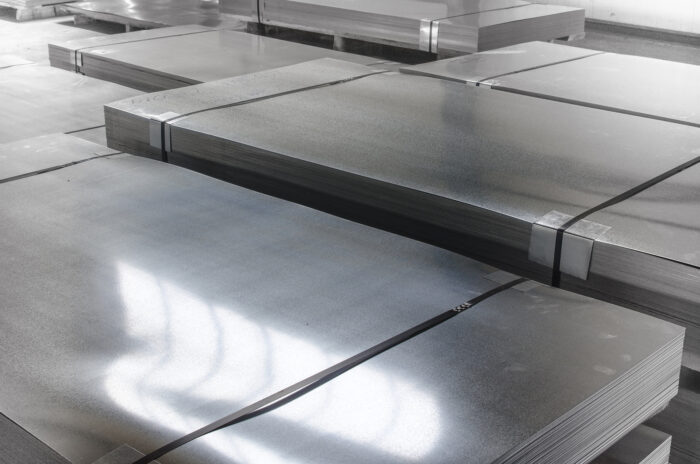
Stainless steel has several useful properties that iron lacks. But it also packs several useful properties of pure iron. One such property is magnetism. A magnetic material can be attracted by a piece of magnet.
The property of being attracted to a magnet can be of immense use in industry. For instance, if a huge bar of iron is to be displaced, it can be easily done using a magnet. However, the same is not possible for alloys that are not magnetic.
They Can Get Dirty Easily
Stainless steel has a shiny bright surface. However, it can easily look dirty and start showing fingerprints. So if you are planning to use a stainless steel sheet as a decorative piece in your house or building, you have to be wary of random fingerprints.
They May Cause Allergies
Stainless steel objects that are used regularly, like decorative items and jewelry, may cause allergies. Usually, the alloys of iron are less allergic when compared to gold. But if it consists of nickel, then it may cause an allergic reaction in sensitive individuals.
Conclusion
The alloys of iron, like all materials, has its own share of pros and cons. It has wide industrial applications owing to its high strength, high-temperature tolerance, and corrosion-free nature. But it is quite expensive, and it is prone to developing dents.
Also, it may not be easy to maintain it in a clean and fingerprint-free state for a long period. So you should opt for stainless steel only if you afford it and maintain it in a clean and dent-free condition for a long time.

